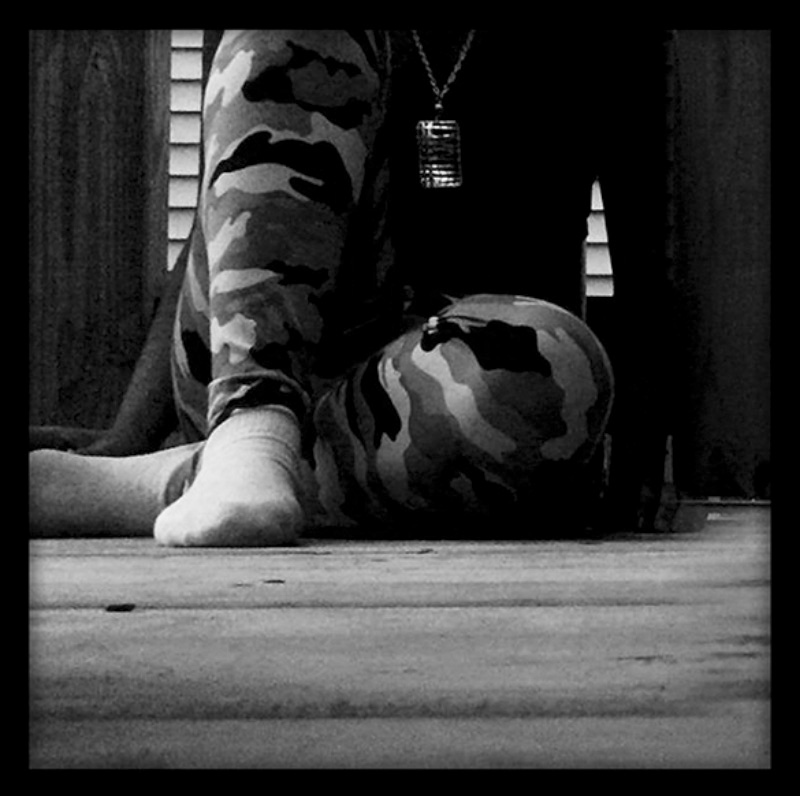Contemporary Identity Portraits—Exposing Yourself
A project using selfies as a jumping-off point to explore contemporary self-portraiture with high-school students.
By Linda Comminos
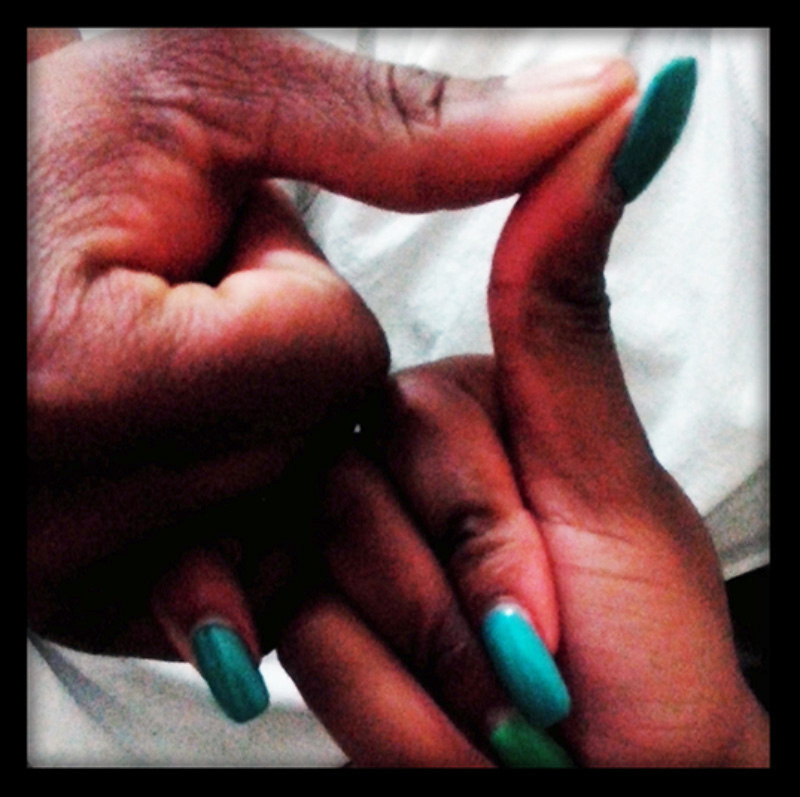
This project enables students to look for the deeper meaning in portraits and especially to think about what an artist can do to provide insight into themselves as they create self-portraits. The students reflected on their own qualities and attitudes and started to think deeply about themselves. It is important for students, as they prepare to graduate high school, to become more aware of their personal and public selves. This project leads students to examine who they are and who they want to be as well as how they want the world to know them.
The inspiration for this project was based upon an observation of students’ excitement and visual expression while taking and sharing selfies with their smartphone cameras during class. I wanted to challenge students to create a selfie without figurative representation.
This project addresses 4 questions as to how and why artists create and use creative visuals to express their thoughts and or ideas.
- How can you create a series of self-portraits without actually using your image in each photograph?
- How does an artist synthesize and relate knowledge and personal experiences to make art?
- How do artists develop ideas and understandings of society, culture, and history through their interactions with and analysis of art?
- How do artists contribute to awareness and understanding of their lives and the lives of their communities through art-making?
During the course of this unit, student learning is enhanced by the process of creating art, assessment, research, critical thinking, and building upon what they learned.
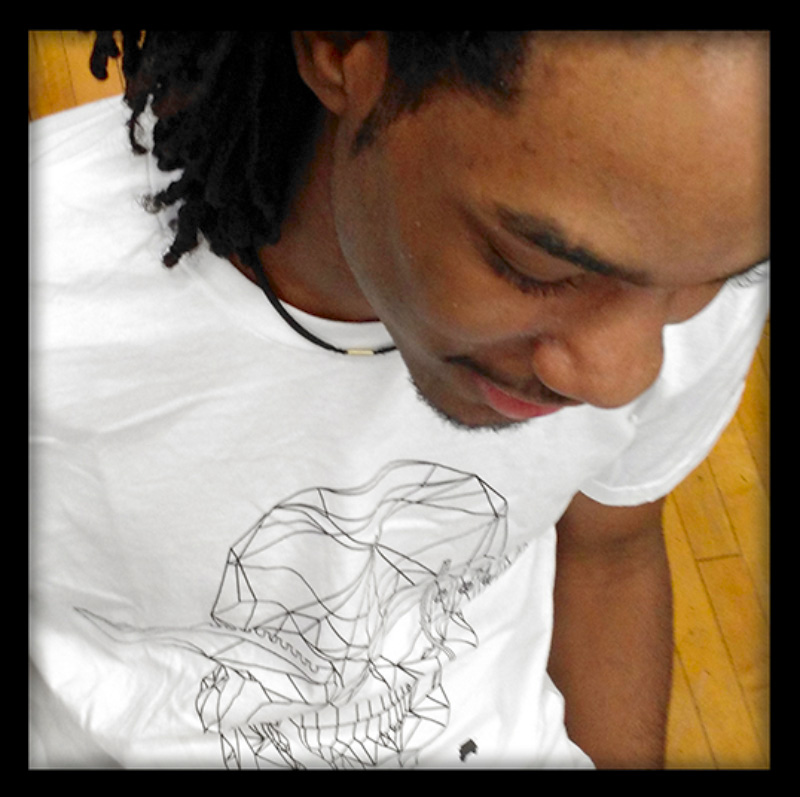
There are two broad learning objectives for this unit:
- Examine a photograph and interpret, in detail, what they imagine the story behind the picture and the subject to be.
- Fully describe a photograph, focusing on the subject, the imagery, the setting, and other elements of what they imagine the story behind the picture to be.
Based upon the learning objective the student will be able to:
- Create a body of work around a single theme.
- Describe and explain their chosen theme and state how their art pieces relate to it.
- Perform independent decision-making in creating final artworks.
Documentation + Assessment Suggestions
Students take part in critiques, write written reflections, and create their own photographic images, which are then discussed in student groups. Students’ artwork, discussions, and written work are assessed as created.
Learning Activities
Research: A single portrait photographic image is selected for discussion. The students are not informed as to the identity of the photographer. Students begin to analyze the person based on the photographic image. As a part of their analysis, we used a prompt from the MCA’s Cindy Sherman Lesson Plan: “Explore how alterations to appearance (clothes, hair, make-up) and the use of lighting and props in portrait photographs affect our perception of one’s identity or suggest a narrative.”
Critical Thinking: Students create lists of ways in which they want to look in their photographs and why. Students continue to view and discuss images from other resources such as the computer lab at school.
Creating Art: Students create selfies with their phones and distribute them by email for printing. They discuss what impressions they hoped their work would make on those who viewed them.
Assessment: Students view and discuss their and other printed images in small groups. Image interpretation and description of imagery are included within the small group discussion.
Research: Students continue their research into famous photographers such as James Van Der Zee’s photographs from the Harlem Renaissance, which were created in a studio setting, and the more recent work of Dawoud Bey. Students view and discuss the portrait photography of Van Der Zee and Dawold Bey and identify aspects that they can use as they create their own portraits. Using the MCA Collection as an anchor, students analyze (using the close read technique) the photographic work of Lorna Simpson, specifically She, 1992, Cindy Sherman’s Untitled #137, 1984, Warhol’s prints of Jackie Kennedy, Ed Paschke’s portrait of Dennis Adrian, and several of Frida Kahlo’s self-portraits.
Critical Thinking: Students will write about themselves after discussion of the “I AM” prompt. Students make lists of their positive and negative traits and brainstorm as to how they should create an image that would capture exactly what they wanted to show.
They continue taking self-portraits and analyzing them.
Beyond Selfie: Students design photo collages combining words and their photographs. Students continue to take photographs and share them, receiving feedback from peers as well as my input.
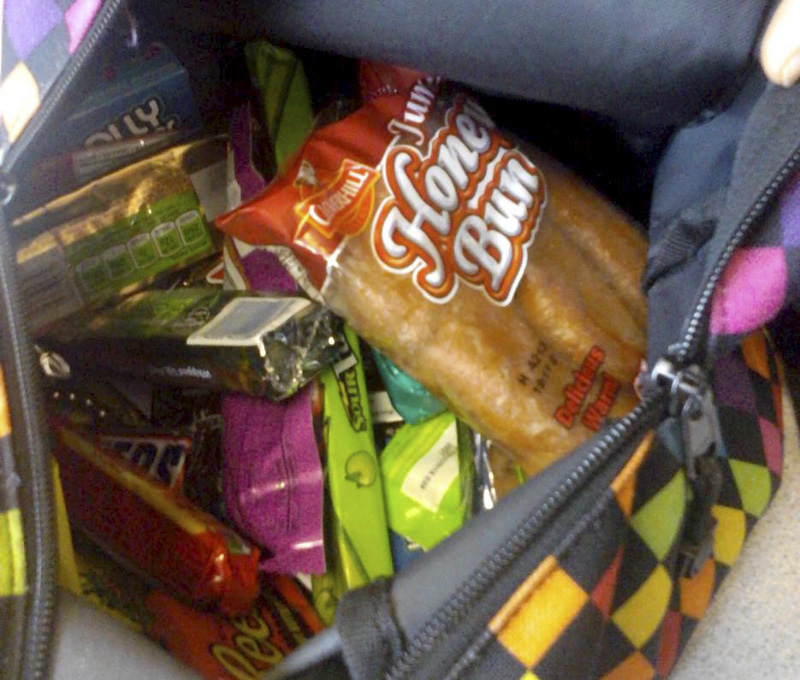
Materials + Supplies
- Cell phone or digital camera
- Computer
- Printer, Ink, Photo Glossy Paper
- Lesson plans from MCA Teacher Resources
MCA Connections
A field trip to the Museum of Contemporary Art adds a tangible experience to the students’ study of portraiture and art. Printed images and imagery from a computer are at times an abstraction, and the museum connects the concept of an image to the actual image.
Additional resources may be found within the online collections of the Art Institute of Chicago and The Museum of Contemporary Photography at Columbia College Chicago.
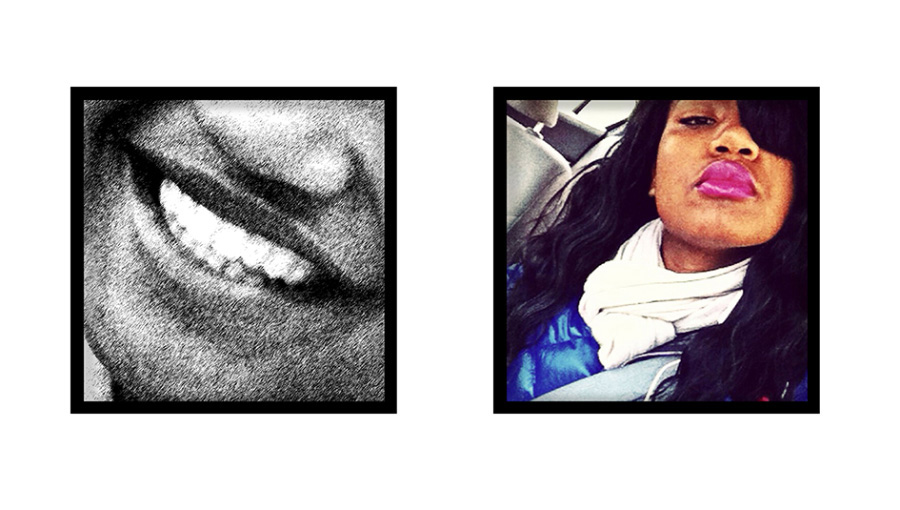
Resources
- Cindy Sherman - Lights, Camera Action - MCA Teacher Resources Lesson Plan
- Lorna Simpson - Hair Today - MCA Teacher Resources Lesson Plan
- Online Collections of the Art Institute (the portrait photography of James Van Der Zee and Dawoud Bey)
- James Van Der Zee at the Art Institute of Chicago
- Dawoud Bey
- Museum of Contemporary Photography
Linda Comminos
Manley Career Academy
Linda Comminos is a Chicago Public School Teacher, teaching since 1992. She entered teaching as part of the first cohort in the Teachers for Chicago Program, a cooperative effort of The Chicago Teachers Union and Chicago Public Schools. Linda is currently teaching art at Manley Career Academy High School, after teaching art at Vernon Johns Community Academy, a middle school in West Englewood, for 15 years. She has earned two National Board Certifications, one in EAYA Art and one in EMC Art. Linda was born in Chicago and graduated from Horace Mann Elementary School and South Shore High School. Her BS is from the Illinois Institute of Technology and her MAT is from Columbia College. In 2012, Linda completed her dissertation and was awarded her Doctorate in Education in Curriculum at Illinois State University. On a personal level, Linda is married with 5 children and several grandchildren.
Linda reflects on her creative process:
Developing my project has been a very rewarding experience. My students had done and are still doing an amazing job as they present themselves photographically. My project leads students to examine who they are and who they want to be, as well as how they want the world to know them. Really thinking about their personality traits, their inner selves, and then providing visual images of their hopes, thoughts, and dreams will enable them to become the best they can be for themselves and their community.
Being part of the Teacher Institute inspired my teaching, and enabled me to learn new things and new ideas which I could bring to my teaching. My goals were to design a new contemporary set of lessons to really engage my AP Studio Art Students. I am pleased that this has given me the opportunity to design new lessons and introduce new ideas which has created excitement for my students.
Because this project enabled the students to use more original solutions to assignments, they have really blossomed as photographers. Contemporary art enables me to make my teaching more meaningful by exposing me and then my students to newer ideas. I feel that teaching is its own art form made more powerful through exposure to art and artists.
